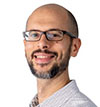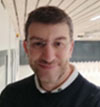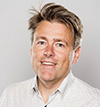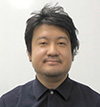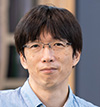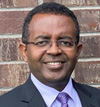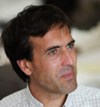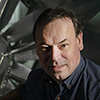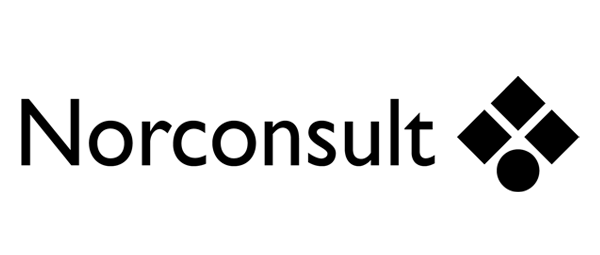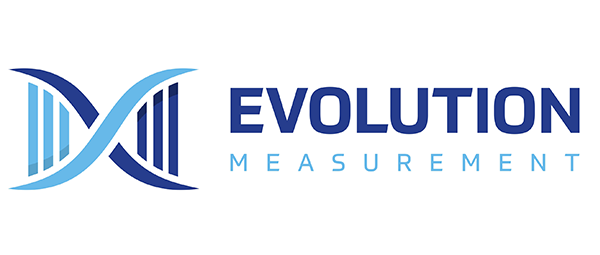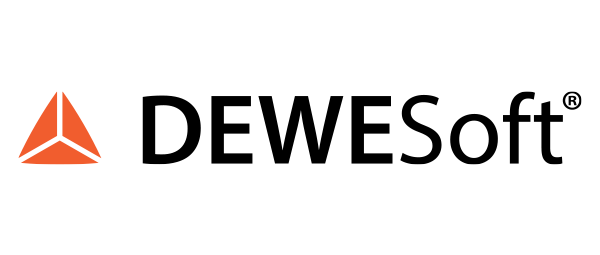Mini-Symposia - EACWE 2025
Mini-Symposia
MS01: Aerodynamic Aspects in Extreme Crossings
MS03: The Second Generation Eurocode on Wind Actions
MS04: Wind-Particle-Structure Interaction
MS05: ERIES: Advancing Frontier Knowledge in Wind Engineering Through Laboratory Testing
MS06: Recommendations for best practice in CFD
MS07: Advances in modeling and control of vibrations of energy systems under climatic loads
Presenting your paper as part of a mini-symposium
Authors who wish to present a paper as part of a mini-symposium can submit their abstracts through the presentation portal and select the relevant mini-symposia from the list of topics.
Propose a new mini-symposium
If you wish to propose a mini-symposium, please go here
Mini-Symposia Abstracts
MS01: Aerodynamic Aspects in Extreme Crossings
Organisers:
Advancements in bridge aerodynamics, material science, and structural design have led to the achievement of long-span bridges exceeding 2 kilometers. As bridge spans continue to increase, the significance of bridge aerodynamics becomes increasingly pronounced. The primary objective of this mini symposium is to explore the aerodynamic challenges encountered by long-span bridges in the design and operational phases, facilitating a more profound comprehension and collaboration among professionals engaged in various large-scale projects worldwide. The following topics would be addressed:
- The role of wind tunnel testing and computational fluid dynamics in understanding bridge aerodynamics.
- Wind-induced vibrations and control measures.
Design considerations for minimizing wind resistance and vortex-induced vibrations.
Design approaches to prevent instability such as flutter and galloping. - Dynamic Response of Long-Span Bridges.
Studying the dynamic behavior of bridges under various wind conditions (complex terrain, skew wind, ground effects, wave effects). - Wind-bridge-vehicle interaction, traffic safety and runnability of long-span bridges.
MS02: Large-span Roofs
Organisers:
One of the main current challenges in building architecture is designing large open spaces which are suited to several activities. Commonly, large open spaces are used for sports arenas, concert halls and meeting rooms. The main problem for these kinds of structures is to cover a large span using the lightest structure possible. Typical large span roofs are constructed using steel truss structures, timber structures and timber grid shells, membrane structures or tensile structures or, in the past, reinforced concrete shells. This symposium is focused on both, existing and new large span roofs. Existing roofs need maintain and retrofitting and the discussion on methodologies and case studies is interesting for research and companies. The discussion on new frontiers in the field of new space structures construction and code recommendation proposals are welcome.
MS03: The Second Generation Eurocode on Wind Actions
Organiser:
Following Mandate M/515 of the European Commission to CEN in 2012, a deep revision of the existing Eurocodes has taken place, which is now bringing to the issuing of the so-called Second Generation Eurocodes.
A draft of the new EN 1991-1-4 on wind actions was prepared by a Project Team of five experts between August 2017 and April 2020, which was then submitted to CEN TC250 to start its long path towards approval. Enquiry stage, including all necessary modifications is scheduled to end in winter 2025, and formal vote should take place in the next fall.
The new document is aimed at filling some of the gaps emerged during twenty years of use of the current version of EN 1991-1-4, also keeping an eye to the progress occurred in the field of Wind Engineering and of the related disciplines.
It is also an aim of the Task Group on Wind Actions under TC250/SC1 to document as much as possible the sources of the material contained in the document, both the new one and that already available in the existing version.
The Mini-symposium is aimed at giving room to the experts that have contributed to the writing of the new document to present key aspects to its potential users.
MS04: Wind-Particle-Structure Interaction
Organisers:
The mini symposium on Wind-Particle-Structure Interaction will include the dynamics of blowing snow, driving rain, and icing on structures, exploring their impacts on various engineering and environmental applications such as buildings, bridges, wind turbines, and photovoltaic power production facilities.
Key Topics:
- Blowing Snow Dynamics and Mitigation:
- Mechanisms of snow transport and deposition by wind.
- Impact of blowing snow on transportation infrastructure, buildings, PV power plants and urban areas.
- Snow drift modeling and simulation techniques.
- Innovative design and engineering solutions for snow control and mitigation.
- Driving Rain and Building Envelope Performance:
- Wind-driven rain mechanics and its effects on building façades and roofing systems.
- Wind driven water infiltration and moisture management in building envelopes.
- Testing methods and standards for assessing rain penetration resistance.
- Performance based design of building details
- Icing on Structures:
- Atmospheric icing phenomena and its impact on power lines, wind turbines, and other structures.
- Climate Change and Future Challenges:
- Impact of climate change on the frequency and severity of wind-particle events.
- Adapting infrastructure and building designs to future climatic conditions.
MS05: ERIES: Advancing Frontier Knowledge in Wind Engineering Through Laboratory Testing
Organisers:
European Project ERIES (Engineering Research Infrastructures for European Synergies, www.eries.eu) provides access to leading experimental facilities in the fields of structural, seismic, wind and geotechnical engineering to conduct curiosity-driven research towards the reduction of losses and disruption due to these hazards; the management of their associated risk; and the development of innovative solutions to address them that will contribute to a greener and more sustainable society.
The proposed Mini Symposium is aimed at spreading the experience and the results obtained by experimental activities in the ERIES wind engineering infrastructures, including two classical BLWTs used to assess wind loads from small scale experiments; two large-scale BLWTs capable of replicating large scale synoptic and non-synoptic winds and able to assess the impact of combined effects of wind and other climatic parameters ; one advanced Doppler Wind Lidar system for monitoring high resolution continuous free-field wind flow.
The Mini Symposium will provide a platform from which European researchers can discuss innovative solutions and testbed applications of next-generation technologies in experimental wind engineering field.
MS06: Recommendations for best practice in CFD
Organisers:
In the past 25 years, a number of concerted best practice guideline documents have been published for CFD simulations in wind engineering. These documents were built on many decades of development in computational wind engineering. They mainly focused on steady Reynolds-averaged Navier-Stokes simulations and addressed geometry simplification and grid generation, boundary conditions, turbulence modelling, near-wall treatment, verification and validation. In spite of the high value of these documents and their wide adoption by the international community, the work on best practice guidelines is far from finished, as the complexity of CFD in wind engineering is large enough to continue to pose challenges in selecting a large number of computational parameters. This special session addresses several key issues of CFD best practice as part of a wide range of applications.
MS07: Advances in modeling and control of vibrations of energy systems under climatic loads
Organisers:
Energy systems encompass a wide array of infrastructure and technologies dedicated to generating, transmitting, storing, and utilizing energy. This includes power generation facilities such as wind turbines and solar panels, as well as the extensive grids and storage solutions that facilitate energy distribution. These systems are critically exposed to a variety of environmental and climatic factors—such as wind, ice, rain, and waves—which can significantly impact their efficiency, durability, and operational lifespan.
Wind turbines, along with networks of power lines and substations, are crucial in the transition toward sustainable energy production but are particularly susceptible to climatic stresses due to their direct exposure to the atmosphere. With the increasing demand for cleaner energy solutions, there has been a corresponding growth in the size and capability of wind turbines, enhancing their potential but also exposing them to greater environmental challenges.
This mini-symposium aims to address the forefront of advancements in the modeling and control of vibrations of energy systems under climatic loads, focusing on improving their operational life and efficiency.
The session will cover a variety of critical topics, including, but not limited to:
- Advanced aerodynamic modeling specifically designed for optimizing energy systems under climatic stresses.
- Structural and dynamic modeling to enhance turbine performance in the face of climatic loads and other dynamic pressures.
- Comprehensive analysis of vibration and fatigue in turbine components to predict and mitigate potential failures.
- Implementation of a range of control strategies—active, semi-active, and passive—to reduce structural vibrations under varying environmental conditions.
- Detailed exploration of the impacts of climatic actions (wind, ice, rain, waves, etc.) on the structural integrity and efficiency of energy systems.


